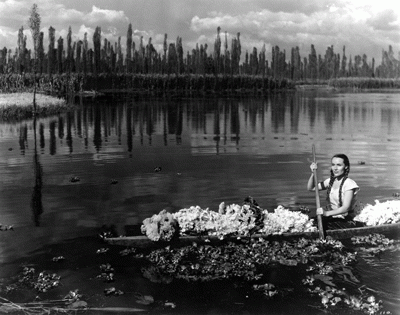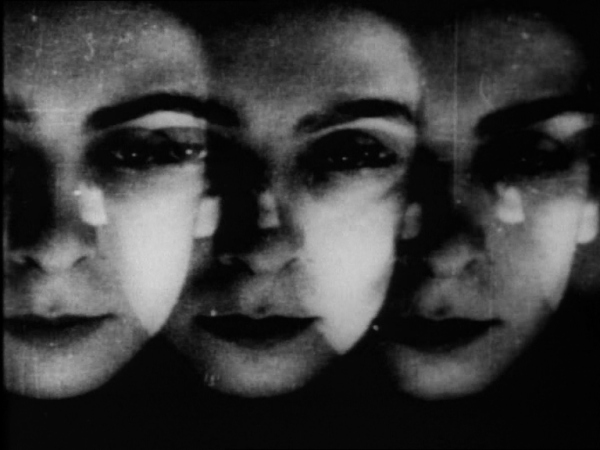In anticipation of LACMA's upcoming celebration of Art+Film honoring artist David Hockney and filmmaker Martin Scorsese, this week Unframed focuses on LACMA's Art+Film initiative, which presents the moving image in the context of an art museum through exhibitions, film programs, and educational outreach initiatives. LACMA continues, through its extensive programming, to explore and promote the strong connections between film and art from all periods and cultures.
This is first in a two-part series. Today, three LACMA curators discuss the relationship between art and film, and tomorrow, we go more in depth about the current exhibitions that touch about the relationship between the two media.
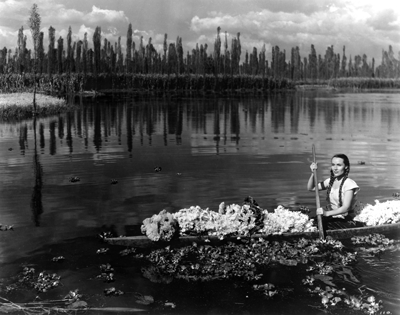 Gabriel Figueroa, Film still from María Candelaria, directed by Emilio "El Indio" Fernández, 1944, © Gabriel Figueroa Flores Archive
Gabriel Figueroa, Film still from María Candelaria, directed by Emilio "El Indio" Fernández, 1944, © Gabriel Figueroa Flores Archive
LACMA embarked on its Art+Film initiative beginning in 2010, presenting numerous exhibitions such as Tim Burton and Stanley Kubrick, establishing the annual Art+Film Gala, and creating education programs that bring film to the community. Unframed's Scott Tennent spoke to curators Timothy Benson, Rita Gonzalez, and Britt Salvesen about how the museum looks at the art of film, including three exhibitions on view this fall: Under the Mexican Sky: Gabriel Figueroa—Art and Film, Masterworks of Expressionist Cinema: “The Golem” and Its Avatars, and Agnès Varda in Californialand (opens Sunday, November 3).
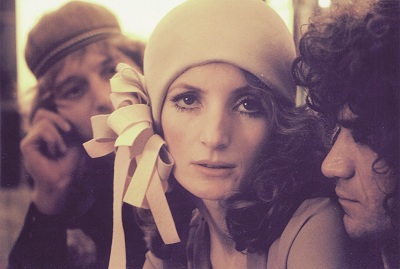 Viva!—Rado—Ragni—Varda in Hommage to Magritte, Agnès Varda's film LIONS LOVE (. . . AND LIES), 1968, © Max Rabb / Agnès Varda
Viva!—Rado—Ragni—Varda in Hommage to Magritte, Agnès Varda's film LIONS LOVE (. . . AND LIES), 1968, © Max Rabb / Agnès Varda
Scott Tennent: From a curatorial point of view, the three of you have been the most involved in exhibitions at LACMA that might fall under the “Art+Film” umbrella. So let’s start with the biggest question: why art and film? What was the impetus, from a curatorial perspective?
Britt Salvesen: Upon arrival here in fall of 2009, one of the clear messages I got from [LACMA director] Michael Govan was his conviction that film is one of the key art forms—maybe the key art form—of the 20th and 21st centuries. That really encouraged me, coming from photography, to open my thinking more broadly to the moving image.
Timothy Benson: We’re also taking the lead from artists. The general interest in the last 20 years in visual culture—we’re all awash in images and moving images—made us rethink some of the artists who developed during the evolution of film. Hans Richter is an artist who worked with film and painting on equal terms, but there are other people, like Max Beckmann for example, who scholars are looking at again and thinking about how film inflected what he was doing and how he saw things. I think it is part of a wider direction, which I think LACMA is leading, which reflects a much broader kind of thinking among scholars and curators. It’s part of a very important reappraisal of the last hundred years or so of the evolution of our traditional areas of art and realizing how they’re interrelated, not only with film but with popular culture.
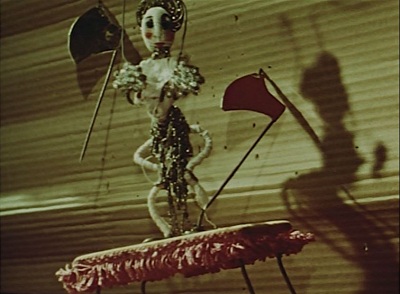 Hans Richter, Dreams That Money Can Buy, 1948, Musée National d’Art Moderne
Hans Richter, Dreams That Money Can Buy, 1948, Musée National d’Art Moderne
Rita Gonzalez: Being in Los Angeles is also really important, realizing our proximity to the film studios. Even during Pacific Standard Time [the 2011–12 Getty-sponsored initiative that explored the history of art in Los Angeles at 60 different venues in Southern California], film played an important role. So many artists were responding to film culture. Here at LACMA there is not a curatorial department for film.
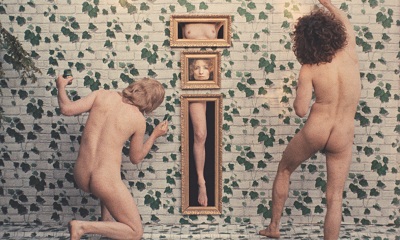 Viva!—Rado—Ragni—Varda in Hommage to Magritte, Agnès Varda's film LIONS LOVE (. . . AND LIES), 1968, © Max Rabb / Agnès Varda
Viva!—Rado—Ragni—Varda in Hommage to Magritte, Agnès Varda's film LIONS LOVE (. . . AND LIES), 1968, © Max Rabb / Agnès Varda
Tennent: Britt, you head the Prints and Drawing department and the Wallis Annenberg Photography Department; Rita, you are a curator of contemporary art; and Tim, you oversee the Robert Gore Rifkind Center for German Expressionist Studies. How do those backgrounds affect your approach to film exhibitions?
Benson: I realized recently, looking at Max Liebermann’s war imagery, that the imagery he presented was already available in photography. For example, one of his images was based on a photograph that was widely available in the press at the time. It made me think that print curators need to think about this—that we should be aware of what people were looking at on a daily basis. Certainly these artists’ contemporaries saw their images already knowing the photographs. It’s a mediated vision that even traditional artists such as Max Liebermann would have been working from.
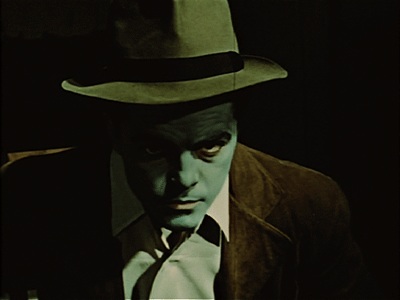 Hans Richter, Dreams That Money Can Buy (still), 1944–47,© Hans Richter Estate
Hans Richter, Dreams That Money Can Buy (still), 1944–47,© Hans Richter Estate
Salvesen: A related thing we’ve talked about is the material culture of film. It’s not just the film works themselves that we’re interested in, but the broader visual culture around them—posters, advertisements, stills, or other interpretations or responses that happened in different media. That’s something that an encyclopedic museum like LACMA can delve into.
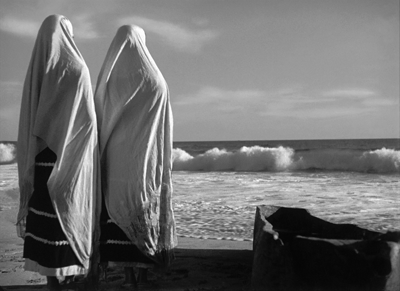 Gabriel Figueroa, scene from the film La Perla, directed by Emilio Fernández, 1945, © Televisa Foundation
Gabriel Figueroa, scene from the film La Perla, directed by Emilio Fernández, 1945, © Televisa Foundation
Gonzalez: I think what’s been exciting in the exhibitions that have happened up to this point is that, as a group of curators, we’re trying out new curatorial models for presenting film in an art museum, as opposed to the venues one might be accustomed to, like a cinematheque.
Stay tuned to Unframed throughout the week for more on Art+Film at LACMA.



